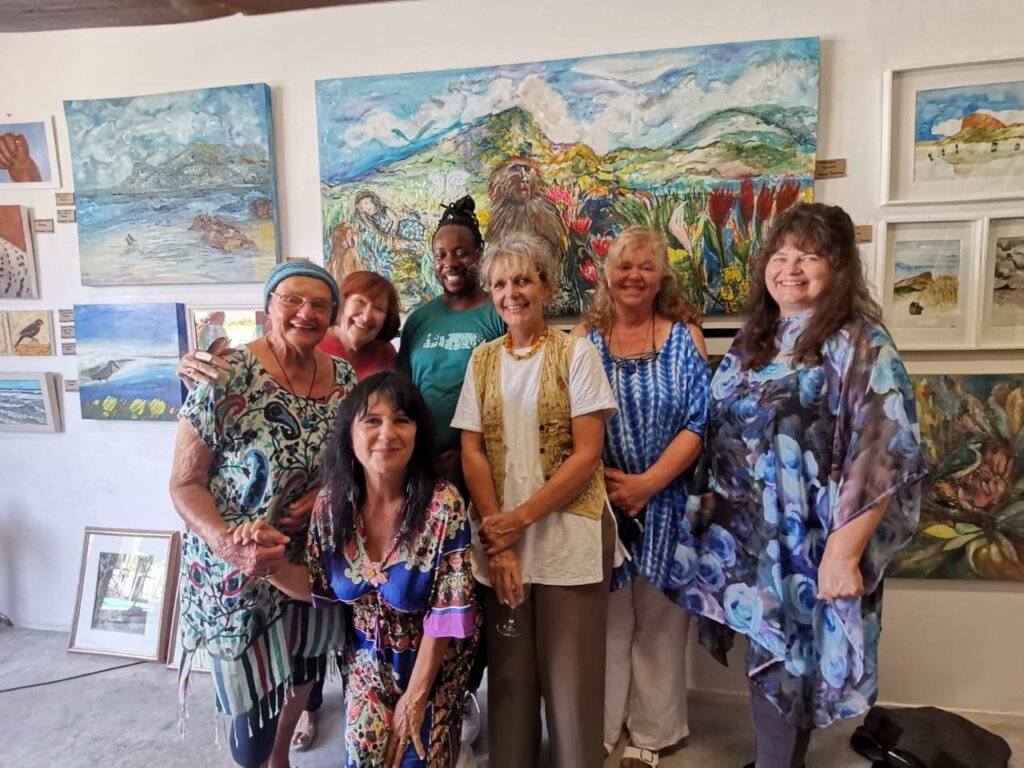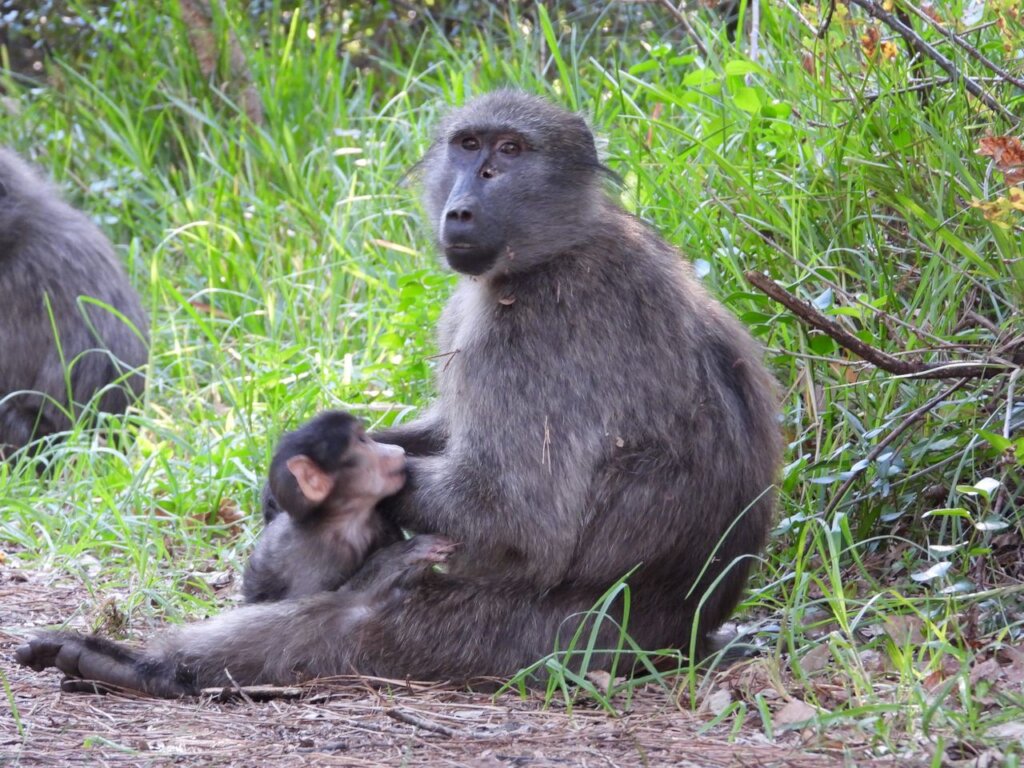By Jenni Trethowan | Founder Member
We thank you all for you ongoing support for baboons, it is so appreciated and never more so than now when the onslaught of ever increasing land demands accompanied by the easily available food attractants found in human occupied space continually lure baboons into areas where they are at high risk of injury or death at the hands of intolerant people.
Baboon Matters was so honoured to be invited to participate in an international workshop dealing with management of baboons and we are encouraged to learn from projects around the world who go through similar problems and have enjoyed successes with different ideas. What the conference delegates all agreed on is that the most important aspect of any management strategy must be to reduce the availability of food attractants and there are many ways this can be achieved. There was also consensus on the fact that killing baboons (or other primates) does not solve problems and in most instances exacerbates the situation.
On the Cape peninsula as the joint authorities are still busy negotiating a new strategic baboon management plan, we are seeing an increase in the amount of time the baboons spend in urban areas, and with that is an increase in the numbers of baboons injured or killed as a result of human intolerance and frustration.
In the southern peninsula, two charismatic adult male baboons were both euthanised due to bad eye injuries; Nomahlehle of the Waterfall troop and Van Damme of Smitswinkel troop both sustained eye injuries resulting in their euthanasia, what was parrticulalry devastating was to note just how often the baboons are shot at - Nom had 25 pellets in his body and Van Damme had 22! Shocking that people fire so randomly at animals - and get away with it. We have also lost baboons to dog attacks (Tokai) and cars, it is a really sad situation.
It is hoped that the Joint task Team currently working on the strategic management plan will resolve long outstanding issues and put forward a comprehensive plan that takes into account both the welfare and ethics of management baboons in this very busy urban sprawl.
In addition to the Cape peninsula, Baboon Matters is working with colleagues in the Overstrand and indeed much of South Africa as we note that the young dispersing male baboons frequently find themselves in dense urban areas. We thank the wildlife rescue centres who provide so much help in this regard.
I would also like to pay special tribute to the wonderful group of artists of Pringle Bay who hosted a fabulous art exhibition to honour their troop of baboons. It was such a delight to attend the art exhibition and spend time with folk who are working so very hard to live alongside and in harmony with their wildlife. Thank you to Liz Potgieter and everyone involved.
At the moment a great deal of our time is spent on advocacy as we are work around the clock to ensure better managment of the baboon human interface; the work done now willl be used well into the future and across South Africa, so we need to secure the best possible outcomes for our baboons.
We cannot do our work without your ongoing support and thank you for all you do to help baboons.
Project reports on GlobalGiving are posted directly to globalgiving.org by Project Leaders as they are completed, generally every 3-4 months. To protect the integrity of these documents, GlobalGiving does not alter them; therefore you may find some language or formatting issues.
If you donate to this project or have donated to this project, you can receive an email when this project posts a report. You can also subscribe for reports without donating.
Support this important cause by creating a personalized fundraising page.
Start a Fundraiser

